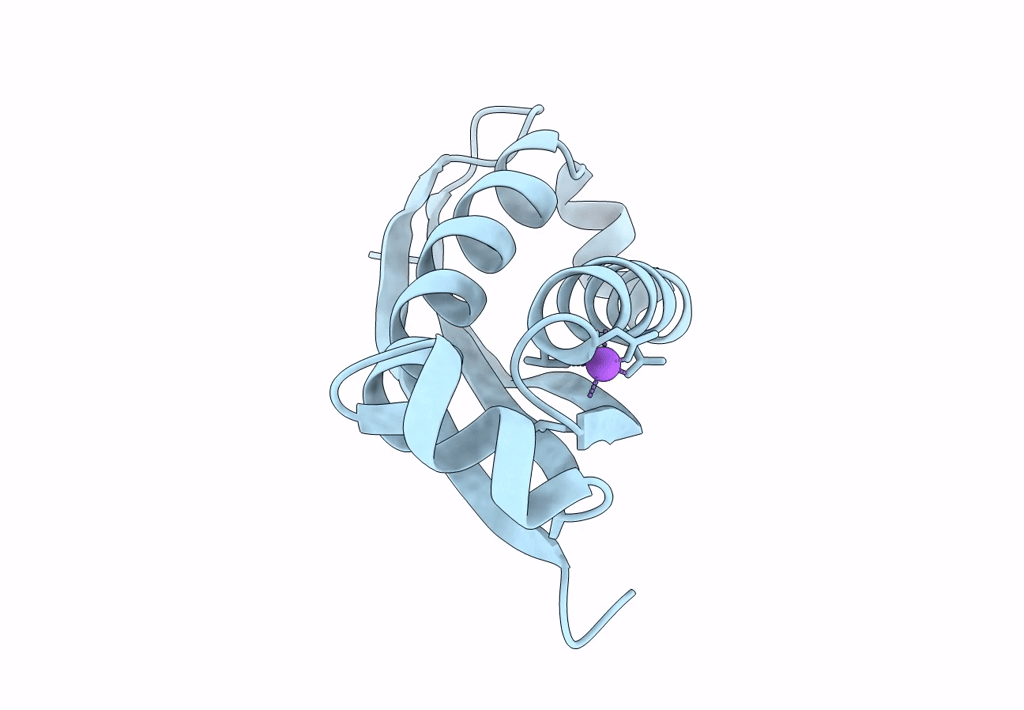
Deposition Date
2022-08-23
Release Date
2022-12-07
Last Version Date
2023-11-29
Entry Detail
Biological Source:
Source Organism:
Pyrococcus horikoshii (Taxon ID: 53953)
Host Organism:
Method Details:
Experimental Method:
Resolution:
2.50 Å
R-Value Free:
0.27
R-Value Work:
0.21
R-Value Observed:
0.22
Space Group:
P 41 21 2


